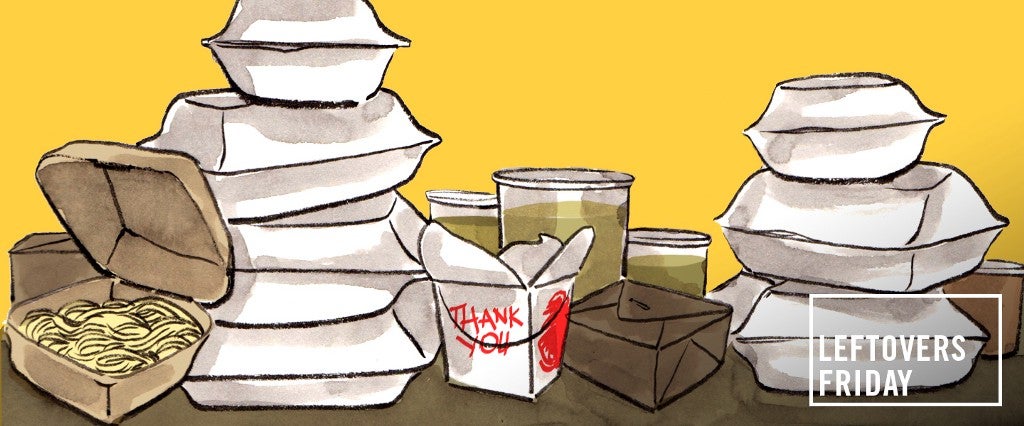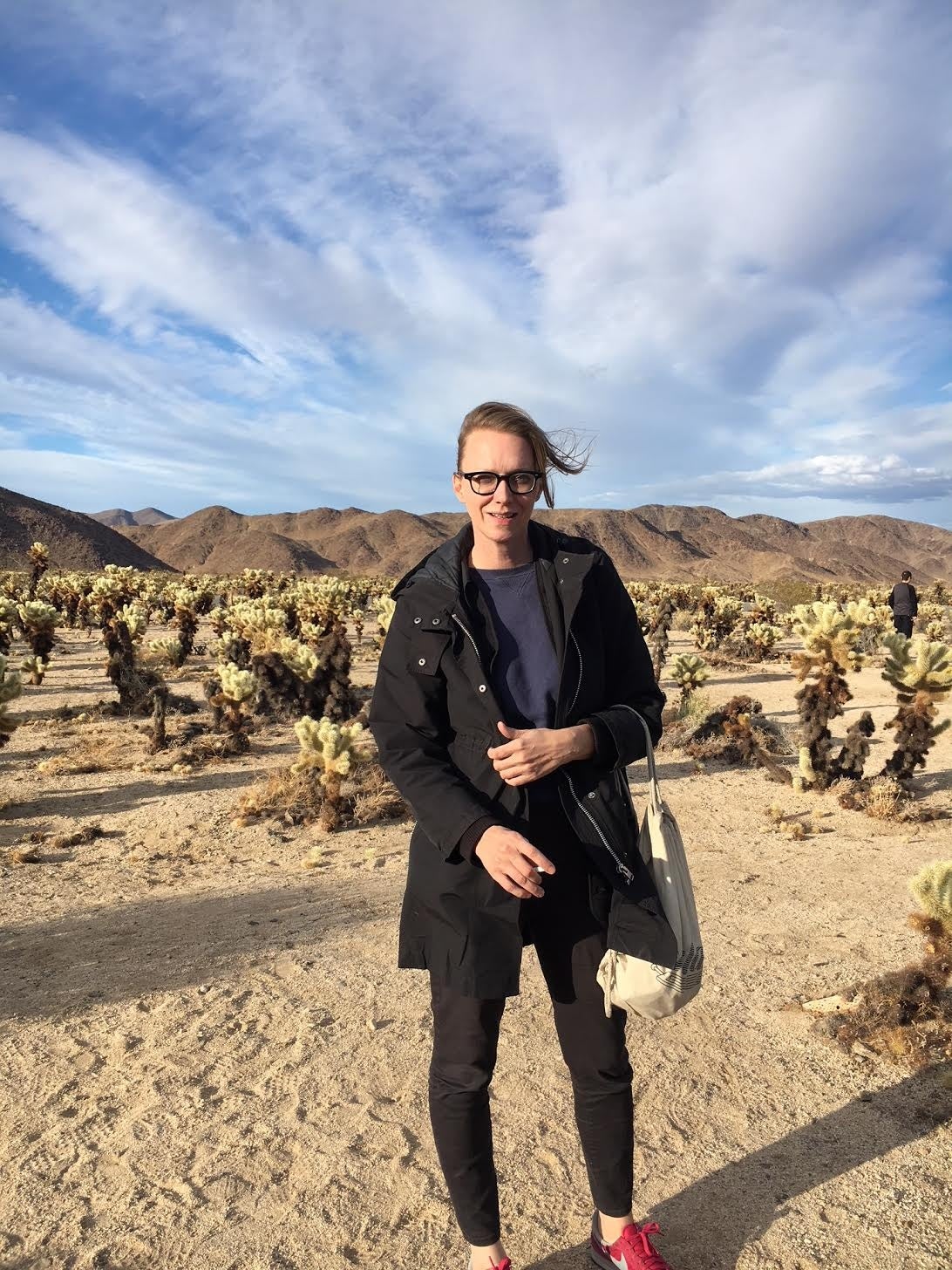Restaurants, caterers and cafeterias toss out 43 billion tons of food every year. And it’s not just plates of half-eaten salmon and crates of overripe produce; it’s also ready-made foods such as pies, pizzas and sandwiches that are perfectly edible, but won’t keep overnight for resale the next day.
Convinced there’s a market for exactly this food before it hits the dumpster, Boston entrepreneur David Rodriguez created Food for All, an app that connects restaurants with leftover foods to consumers happy to take it off their hands. The goods are reduced anywhere from 50 to 80 percent if you’re willing to pick it up yourself. Think of it as takeout, only the menu is whatever’s left in the display case at closing time.
Food for All is currently in pilot, invite-only mode with 30 participating restaurants around the Cambridge area. The Kickstarter is shooting for $50,000 in funds by December 8 to launch officially in Boston and New York City by 2017, and to keep testing for expansion in other cities. They’ve raised nearly $20,000 to date.
“The setup is very simple,” Rodriguez explains to me by phone from Boston. “You log into the app and enter your location. The app tells you all the restaurants nearest you within a five- or 10-minute walk. You can see the offers restaurants have every day for how much food is left to pick up, how many meals they have and what time you can pick it up. When you go to the restaurant, all you have to provide is the code the app generates saying how many meals you purchased.”
There are, however, caveats: These are prepared foods — not leftover soup stock. “Think of places like pizzerias, cafes, sushi joints and buffets where when you arrive you can see the food that’s already been prepared that day,” Rodriguez says.
Current participating restaurants are locally-owned spots around Boston like Taco Loco Mexican Grill and Piperi Mediterranean Grill, and Petsi Pies, which has two locations in Cambridge. Rodriguez said they want to keep the full list of participants confidential until launch.
From the consumer side, paying fast-food prices for traditional restaurant food is a win, but it’s not without risk. Because restaurants don’t know exactly what will be left over, the app doesn’t include their traditional menu. You can pick a vegetarian option if the restaurant has one that day, but what you’re really buying is a portion that you’ll choose on arrival, selection permitting. Or better put, say you ordered a “meal” in advance from a pizzeria. You wouldn’t be able to designate the type of pizza in the app, so you wouldn’t know until pickup whether the day’s unsold pizzas were mozzarella or Gouda.
Super picky eaters, or anyone with food allergies or dietary restrictions could find this maddening. But more chill, digestively robust customers could score pretty big, particularly with self-serve style restaurants with hot or cold buffets. Those could still have enough leftovers that you might come home with the same meal you would have gotten if you’d gone at lunchtime.
This lack of selection isn’t a design flaw of the app so much as a limitation of the industry. While the restaurants Rodriguez approached were enthusiastic about reducing waste and excited to sell more food, the day’s prepared castoffs were too unpredictable for them to be able to commit to specific meals at closing time, which is why they needed users to trust them. “When we removed the [traditional] menu, it was easier to have a conversation,” Rodriguez explains.
The app also has an option to donate the food in question. The order process is the same, but routing meals for giving connects users to nonprofits who will pick up and deliver the food to the homeless or the food-insecure—people who lack the funds to eat regularly, and often go hungry, who account for some 13 percent of U.S. households.
Rodriguez recommends donation for anyone who wants to use the app but is concerned about food allergies or dietary issues the app isn’t currently able to address. “We hope that in the near future we can come up with a solution to also address this section of the population, but for now we want to first enter the market and start creating the culture of buying food through Food for All,” he says.
To do that, they’re targeting precisely the sort of people who might take a more relaxed approach to what they eat — college students, busy entrepreneurs and middle- or low-income, tech-savvy people who can’t always afford to eat well. Of those people currently piloting the app, he said it’s split 80 percent in favor of those who use to feed themselves and 20 percent who use it for donation.
Rodriguez says the idea for Food for All came to him in part because of his family’s background in the hospitality business in Mexico, where he saw firsthand how much time and money his parents spent managing and dealing with the logistics of organic waste, whether by paying for its disposal to landfills or for composting it. When he studied sustainability in business as part of his MBA program at Hult International Business School, he realized there was a need he could fill with technology that would prevent the food from being wasted in the first place.
While a number of initiatives seek to pair perfectly good leftovers from farms and grocery stores with those in need, and restaurants plan for waste in their margins (and some donate leftovers like unused produce or sauces), they’ve largely been squeamish about giving away their toss-offs to the public, due to what’s a largely unfounded fear of litigation if anyone were to become ill from eating them. “It’s a pretty big fear that they have,” Rodriguez says. “But if you see the records, the number of suits that have ever been brought are almost none.”
And while there’s legislation that addresses the liability concerns around restaurants donating leftovers in good faith, 56 percent of them have still said they prefer the landfill over the soup kitchen.
That’s why Food for All is in a unique position to lure restaurants resistant to donation — there’s revenue in those altruistic hills. And this concept has worked elsewhere already. A similar app in the U.K., Too Good to Go, first began in Denmark but moved to London this year. It’s currently crowdfunding to expand to six more cities in the U.K. by the end of the year. One Too Good to Go reviewer who tried the app at a handful of restaurants in London found the lack of choice “weirdly freeing” in light of the glut of options for takeout these days, largely because of the high quality of the participating restaurants.
And that’s likely what Food for All’s success will hinge on as well. Reduced prices and carbon footprint points won’t amount to much if the food isn’t good. And that’s what Rodriguez is trying to demonstrate with crowdfunding the app. “We’re doing this [Kickstarter] to prove that people are willing to use this app, and are already prepared to start buying this way,” he says.
He adds that the response so far has been good: “It’s growing organically, and people have been really thankful for it.”
Now, he’s just hoping they’ll help him pay for the rest of it.

